Analog photography is steeped in myth. What is often understood today as the “analog look” (coarse grain, blur and soft edges, pastel colors and a slight warm tone in B&W photographs) is actually only a small subset of analog photography. Moreover, it seems that analog photography is also so popular because (many) analog cameras have a beguiling aesthetic that cannot be found today.
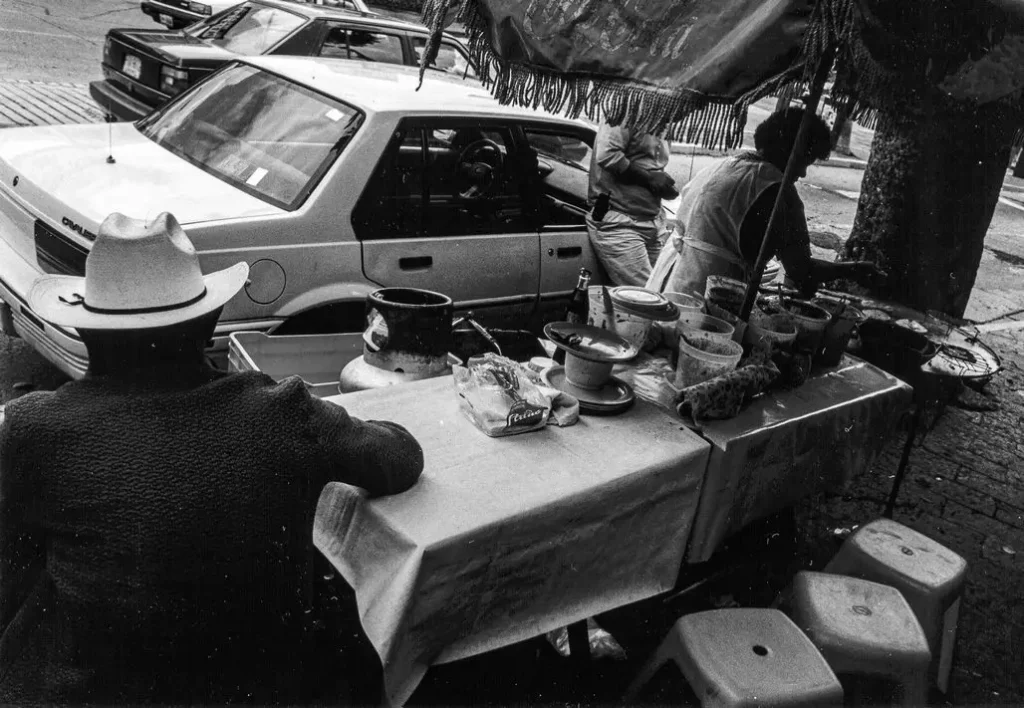
In fact, it is quite easy to produce analog images that hardly anyone would call analog if they were shown them. Moreover, there are also extremely ugly cameras from the analog decade. The Yashica 200 AF is one such camera. This SLR camera was released in 1987. The body is mostly hard plastic. The design is questionable at best. Still, the Yashica is my absolute favorite camera. Why? Well, for one thing, it shows me time and time again that photography is not about technology and it doesn’t matter what camera is used. This is even more true in analog photography, where the body only connects film and lens.
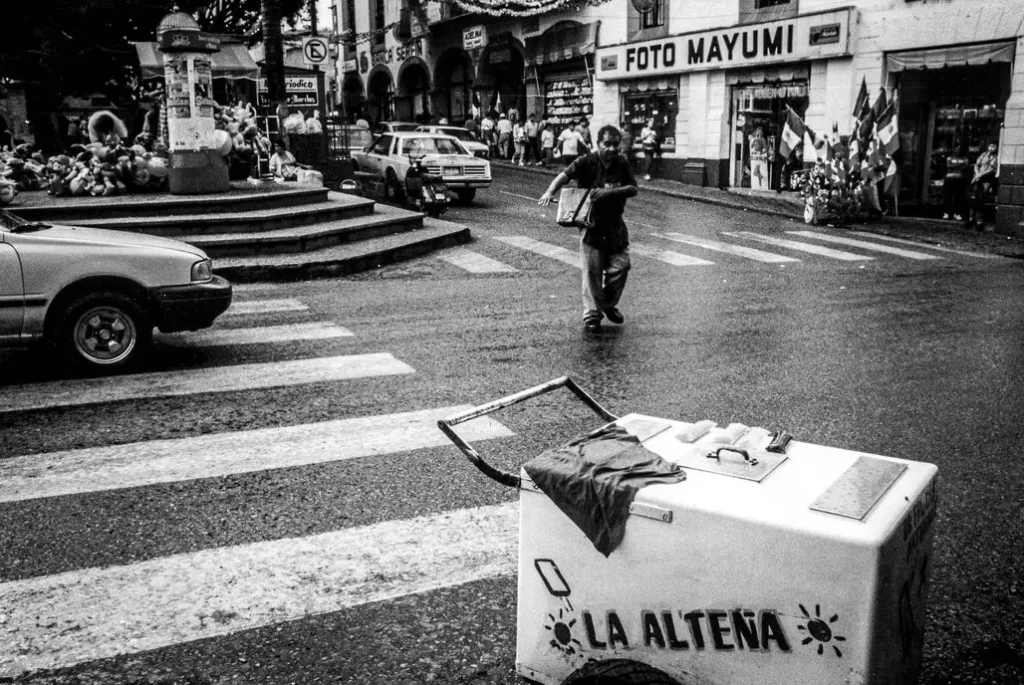
Much more important is that I have experienced a lot with this camera. The Yashica was my first camera, I got it as a confirmation gift. At that time, the Berlin Wall was still standing. So the Yashica has been in my possession for quite a long time. Since then, the Yashica has accompanied me to many countries. Often the 28mm 2.8 from Kyocera was with me. You have to know, that at that time 28mm was considered to be a very wide-angle lens. Coming from 50mm I was totally flashed by the new possibilities this lens offered me. For this reason, I never actually took the 28mm lens off the camera. So this combination also accompanied me to Mexico.
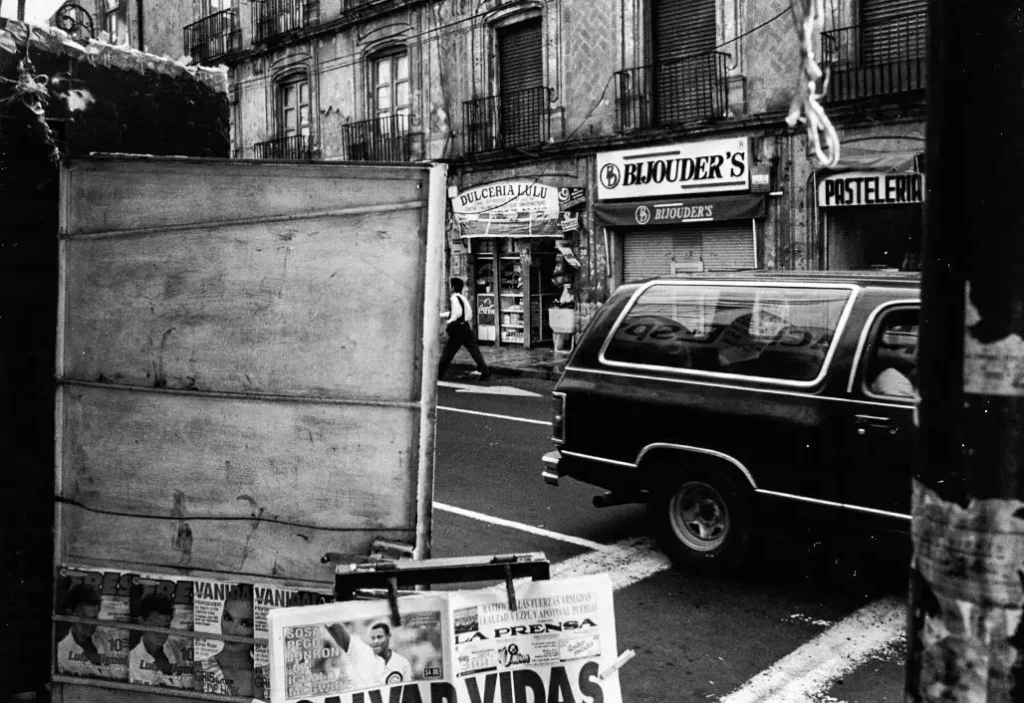
In the footsteps of Jack Kerouac I drove from LA to Mexico in the mid 90s with two friends in an old barely functional Oldsmobile Tornado, which burned more oil than gasoline. We wanted to go to Tierra del Fuego but got stuck in Tijuana. Nevertheless it was a great trip and I am very happy that the analog street photos from that time have survived.
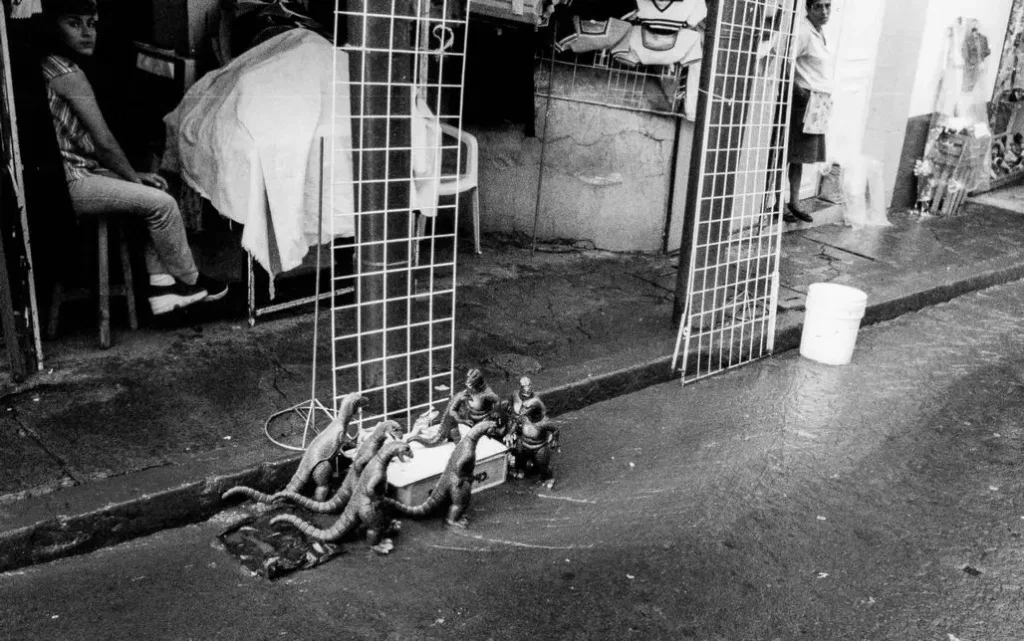
Legends from all over the world knit themselves around Tijuana. “Welcome to Tijuana – Tequila, Sexo y Marijuana” honors them Manu Chao. In every legend there is a grain of truth: In Tijuana there is a lot of tequila, cheap sex and even cheaper drugs. So certainly not a dead city. But “vice” is by no means the only thing that makes Tijuana come alive. Tijuana is a mythical place and in some ways a melting pot of nations. Inspired by the desire for a better life, Tijuana is the city of migrants: those who wanted to go there, those who got stuck there. And then there were three young aimless Germans.
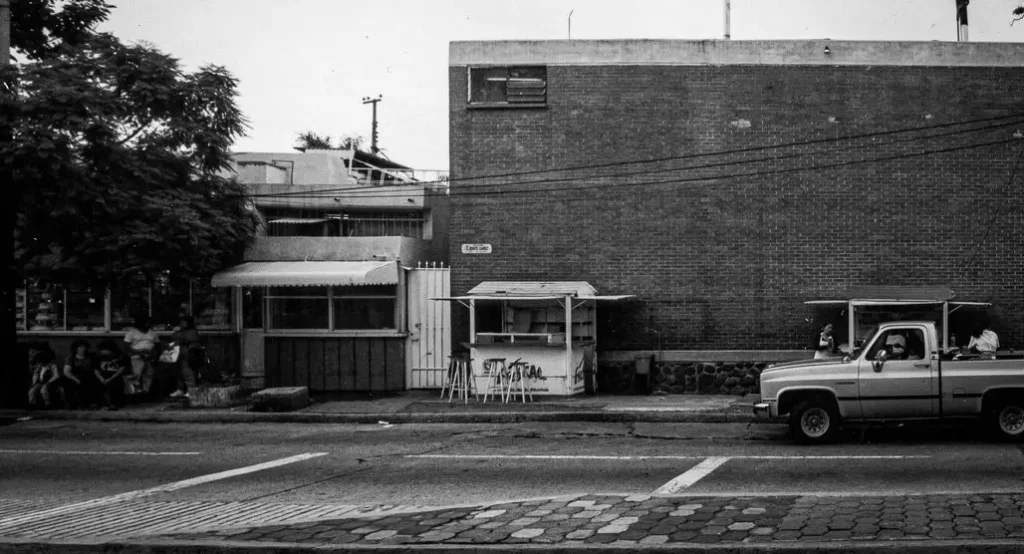
We must have had an odd effect on the residents of Tijuana. In the spirit of the time, we wore raver clothes, had strange hairstyles, we wore sunglasses day and night and I was armed with a large SLR to crown it all. Maybe our strange appearance was one reason why people were so friendly to us. Many waving to us from the moving cars. Many asked us on the street if we needed help.
We didn’t see any of the sights that you can probably find in Tijuana, because we spent most of our time in bars and nightclubs. But that does not matter.
The photos are all taken with the Kodak tri-x 400. I have always particularly liked the film because of the fine grain and the beautiful gray values.
You may also like streetwise.photography
Share this post:
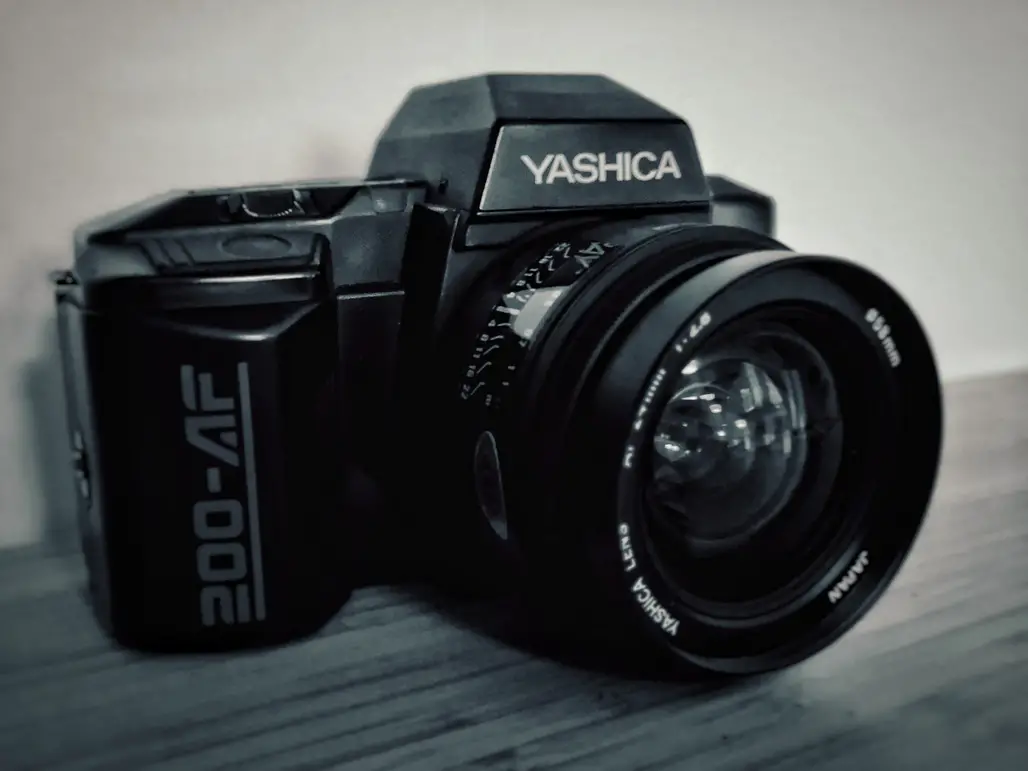








Comments
Parker on 5 frames with the Yashica 200 AF in 1990s Tijuana – By Mirko Karsch
Comment posted: 08/02/2021
Comment posted: 08/02/2021
Stephan Wilke on 5 frames with the Yashica 200 AF in 1990s Tijuana – By Mirko Karsch
Comment posted: 08/02/2021
it is a great essay. I have used two Yashicas 230 AF. They are not working anymore. Why I did like them, because they made superb lenses. The Yashica 230 AF and 200 AF were made by Kycorea, the same company who made the Contax cameras. When the Yashica 230 AF and 200 AF came out, they were not ready to put a Contax brand name on an Autofocus camera. And I am sure the same was with the Carl Zeiss on the lenses. They belong to one of the frist generation of an Autofocus camera system after Minolta 9000/7000/5000.
Best, Stephan Wilke
Comment posted: 08/02/2021
Ben Garcia on 5 frames with the Yashica 200 AF in 1990s Tijuana – By Mirko Karsch
Comment posted: 09/02/2021
Comment posted: 09/02/2021
Bastian Peter on 5 frames with the Yashica 200 AF in 1990s Tijuana – By Mirko Karsch
Comment posted: 10/02/2021
Comment posted: 10/02/2021
tbm3fan on 5 frames with the Yashica 200 AF in 1990s Tijuana – By Mirko Karsch
Comment posted: 13/02/2021
Comment posted: 13/02/2021
Rock on 5 frames with the Yashica 200 AF in 1990s Tijuana – By Mirko Karsch
Comment posted: 14/02/2021
Comment posted: 14/02/2021
Comment posted: 14/02/2021
Comment posted: 14/02/2021
Gamini on 5 frames with the Yashica 200 AF in 1990s Tijuana – By Mirko Karsch
Comment posted: 10/07/2021
Comment posted: 10/07/2021